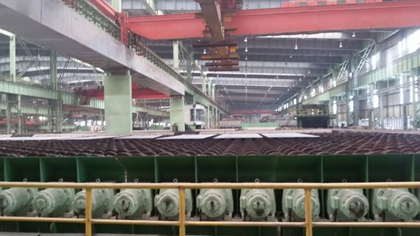
With the continuous improvement of requirements for the internal quality, performance and specifications of ASME SA285 Grade C vessel steel plates, more and more users demand 100% flaw detection on SA285 Gr.C steel plate.
The frequency of ASME SA285 Grade C vessel steel plates ultrasonic is higher than 20kHz. The ultrasonic waves of different frequencies and waveforms are different from the waveform returned from ASME SA285 Gr.C steel material. After ultrasonic enters SA285 Gr.C material, it produces mechanical vibration. Because ultrasonic has different characteristics in material, ultrasonic flaw detection can test the different characteristics of materials.
The ultrasonic probe must be close to the material being tested, and there must be some medium between the probe and the tested material. In the ultrasonic flaw detection of ASME SA285 Gr.C steel plate, the water is used as the medium, namely the so-called "coupling water". During the detection period, all the probes are on the same horizontal plane from the surface of ASME SA285 Grade C vessel steel plate, and the sound coupling is made by water. In order to ensure the ultrasound enter the material well, the sound wave must pass through the water interface two times.
The test process is accomplished through two waveforms of P-wave and transverse wave. Longitudinal waves are used to detect internal defects in ASME SA285 Grade C vessel steel plates, which are suitable for detecting the internal layering, slag inclusion and spherical cracks in SA285 Gr.C steel plates. Transverse waves are used to detect longitudinal line defects on the surface and interior of ASME SA285 Gr.C steel plates.
Just like you, 70% customers choose long-term cooperation with BBN steel not only for our good product and service quality, good reputation in the international market, but also for our experienced one-stop raw material supply and further steel processing!
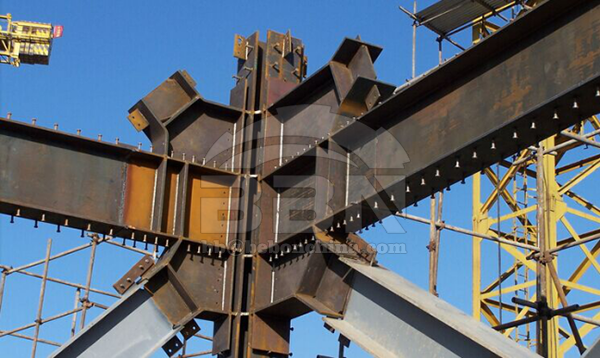
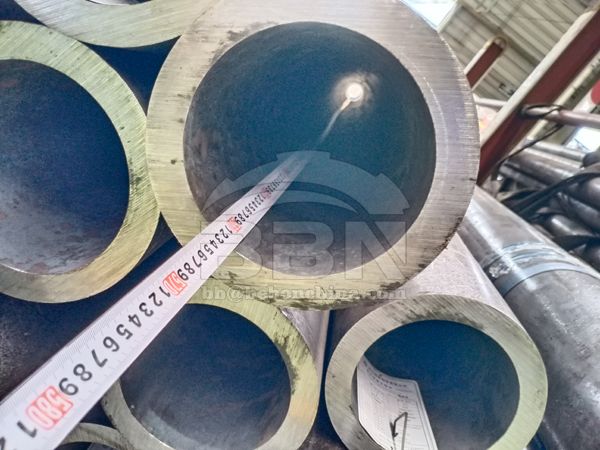
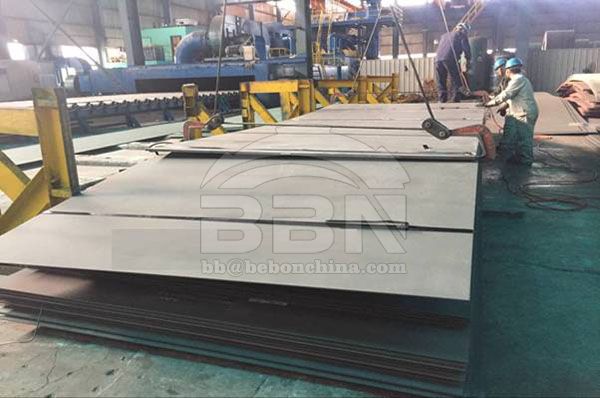
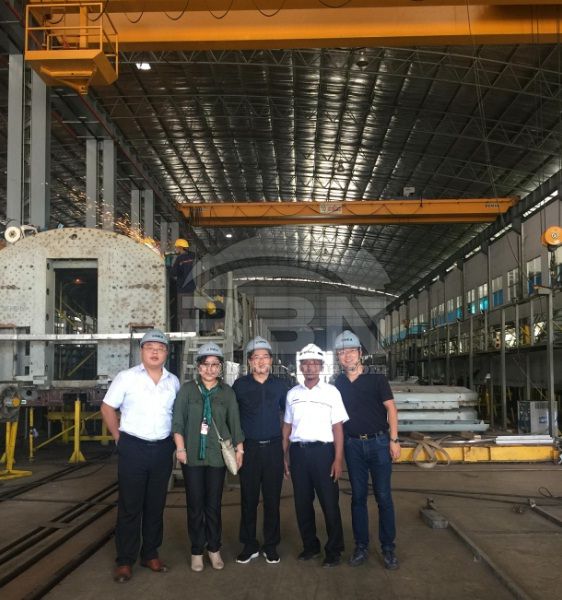
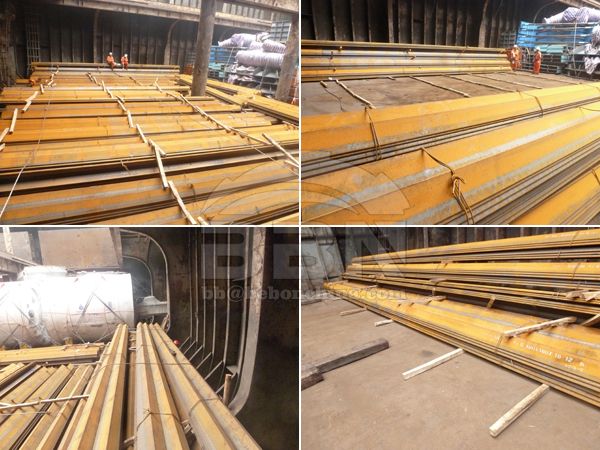
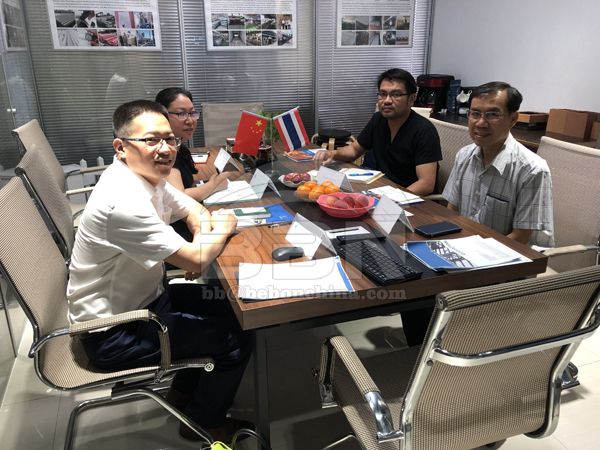
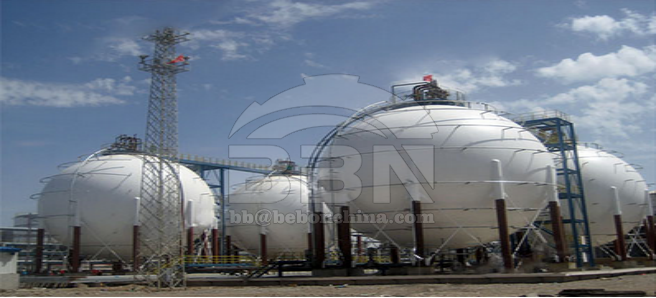

Henan BEBON Iron&Steel co.,ltd.